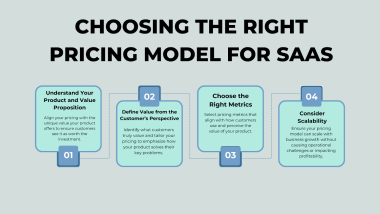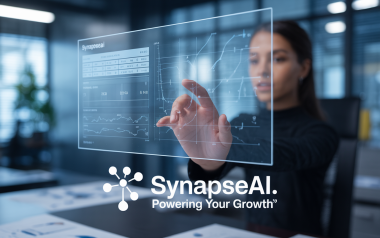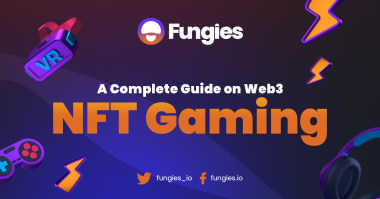Solo developers face unique challenges when launching SaaS products, with validation being the critical first step that can determine success or failure. By implementing lean validation techniques, developers can test market demand, refine their value proposition, and build user interest before investing significant time and resources into full-scale development.
Key Takeaways
- Market research should focus on competitor analysis and keyword research to identify genuine opportunities in the market
- Landing pages serve as low-cost validation tools that can capture potential user interest before building the actual product
- An effective MVP strategy emphasizes core functionality while excluding non-essential features to minimize development time
- Customer interviews provide qualitative insights that quantitative data alone cannot reveal about user pain points
- Using no-code tools and platforms can significantly reduce the time and technical barriers to initial validation
Understanding Lean Market Research
Lean market research represents the foundation of any successful SaaS validation strategy. By focusing on rapid data collection and analysis, solo developers can quickly verify if their idea addresses a real market need.
A comprehensive competitor analysis reveals gaps in existing solutions that your product could fill. I recommend examining not just direct competitors but also adjacent solutions that users might currently employ as workarounds.
SEO analysis tools provide valuable insights into market demand through search data. Using platforms like Ahrefs or SEMrush, you can:
- Analyze search volumes for keywords related to your solution
- Identify less competitive but relevant keyword opportunities
- Understand the search intent behind queries in your niche
Social media listening complements technical SEO data with real user sentiments. By monitoring discussions on platforms where your potential users gather, you’ll gain authentic insights into their frustrations and needs.
Creating Effective Landing Pages
Landing pages serve as your first tangible market test, allowing you to gauge interest without building a complete product. The most effective landing pages feature a clear value proposition that immediately communicates the problem your SaaS will solve.
Visual elements like mockups, wireframes, or even GIF demonstrations can significantly increase engagement. These visuals help potential users visualize the final product and its benefits, making your concept more tangible.
Your call-to-action (CTA) should be designed to capture genuine interest through email sign-ups or waitlist registrations. This approach builds an early user base while providing concrete validation metrics for your idea.
Several affordable tools make landing page creation accessible to developers with limited design experience:
- Carrd offers minimalist, mobile-responsive landing pages with a free tier
- Unbounce provides more robust features with A/B testing capabilities
- Wix and similar platforms offer drag-and-drop interfaces for quick deployment
Developing an MVP Strategy
Your Minimum Viable Product should focus exclusively on solving the core problem you’ve identified during market research. By limiting scope to essential features, you can reduce development time from months to weeks.
Early user engagement programs like beta testing can provide valuable feedback while building community around your product. These early adopters often become your most loyal customers and advocates if you actively incorporate their feedback.
The iterative development approach keeps you from getting locked into assumptions that might not align with market needs. Plan for multiple iterations based on user feedback rather than trying to perfect your product in isolation.
Consider these approaches for your MVP:
- “Wizard of Oz” techniques where manual processes simulate automated features
- Integration of existing APIs rather than building custom solutions
- Using no-code platforms to create functional prototypes
Conducting Revealing Customer Interviews
Customer interviews provide deeper insights than any quantitative data can offer. The key is finding participants who genuinely match your target user profile rather than interviewing anyone available.
When recruiting interview participants, look beyond your immediate network. Specialized forums, relevant social media groups, and even cold outreach to professionals in your target industry can yield valuable perspectives.
Structure your interviews around open-ended questions that reveal underlying needs:
- “What’s the most frustrating part of your current workflow?”
- “How are you currently solving this problem?”
- “What would an ideal solution look like for you?”
Document patterns across multiple interviews rather than acting on individual opinions. Look for recurring pain points and consistent feature requests that indicate genuine market needs.
Avoiding Common Validation Pitfalls
Overbuilding remains the most common mistake among technical founders. The temptation to add “just one more feature” before launch can trap developers in a never-ending cycle of development without market feedback.
Limited user engagement early in the development process often leads to products that miss the mark. Establish feedback channels from day one, even if your product is just a concept on a landing page.
Many developers overlook ongoing competitor monitoring, assuming the market landscape remains static. Regular reviews of competitor offerings help you stay ahead of emerging trends and avoid developing features that have become standardized.
Actionable Steps for Implementation
Begin by precisely defining your niche and target audience. Specificity matters here—”productivity tools for freelance designers” will yield more actionable insights than “productivity tools for professionals.”
No-code platforms have transformed the validation landscape for technical founders. Tools like Bubble, Adalo, and Webflow enable functional prototypes without writing extensive code, letting you test core functionalities quickly.
AI-powered validation tools can accelerate data collection and analysis. Consider using AI for survey creation, feedback categorization, and even predictive modeling to refine your product concept.
Set clear validation metrics before you begin testing. Define what success looks like in concrete terms—whether that’s a specific email signup rate, interview feedback patterns, or landing page conversion benchmarks.
Sources
Denis Shatalin – How to Validate SaaS Idea
YouTube – SaaS Idea Validation
Indie Hackers – How I Validated My Micro-SaaS Idea Quickly
Softsuave – Can a Solo Developer Build a SaaS App?
YouTube – SaaS Validation Techniques






